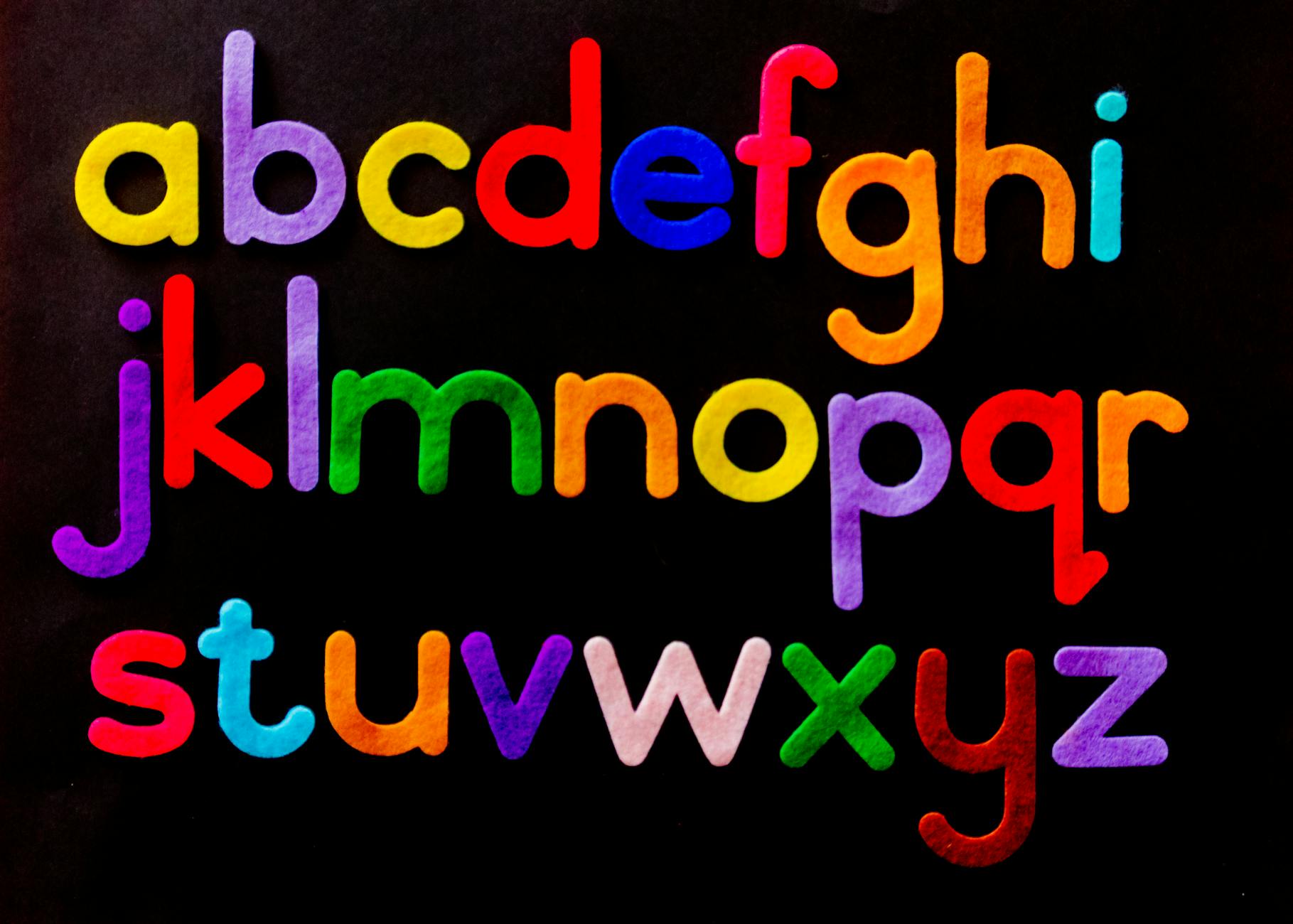Web Accessibility and Universal Design: Creating a User-Friendly Web for Everyone
Introduction
In modern society, the internet has become an essential part of daily life. However, not everyone can access the web in the same way. Websites that lack proper consideration can become significant barriers for people with visual or hearing impairments, the elderly, or those with temporary physical limitations.
To address these challenges, the concepts of Web Accessibility and Universal Design are gaining importance. This article will explore these concepts in detail and discuss key points for creating an inclusive digital environment that allows everyone to use the internet comfortably.
What is Web Accessibility?
Ensuring Equal Access to Information for All
Web accessibility refers to designing digital content—such as websites and applications—so that it can be used by everyone, regardless of age or disabilities.
For example, providing screen reader compatibility for visually impaired users or adding subtitles to videos for the hearing impaired are essential considerations.
Why Web Accessibility is Important
The internet is now deeply integrated into our daily lives, from banking and shopping to work and education. However, websites that do not ensure accessibility can become major obstacles for certain users.
Proper consideration is crucial for the following groups:
- Visually impaired users (those using screen readers or those with color blindness)
- Hearing impaired users (those unable to access audio content)
- Physically disabled users (those who have difficulty using a mouse or touch interface)
- Cognitively impaired users (those who struggle with complex information processing)
- Elderly users (those experiencing vision or hearing decline or unfamiliar with technology)
International Standards for Web Accessibility
The internationally recognized guidelines for web accessibility are the Web Content Accessibility Guidelines (WCAG), established by the World Wide Web Consortium (W3C). These guidelines are based on four key principles:
- Perceivable – Information and user interface components must be presentable to all users
- Operable – Users must be able to navigate and interact with the site effectively
- Understandable – Information and functionality must be easy to comprehend
- Robust – Content must remain accessible as technology evolves
For instance, adding alt text to images falls under the “Perceivable” principle, while ensuring keyboard accessibility aligns with the “Operable” principle.
What is Universal Design?
Creating Designs Usable by Everyone
Universal Design refers to designing environments, products, and services that can be used by all people, regardless of age or ability. This concept is applied beyond the web, encompassing architecture, product design, public transportation, and more.
Unlike accessibility, which primarily focuses on accommodating people with disabilities, Universal Design aims to benefit all users. Examples include automatic doors, elevators, and ATMs with voice guidance—features that make life easier for everyone.
The Seven Principles of Universal Design
Universal Design is guided by seven key principles:
- Equitable Use – Designed to be useful for all users
- Flexibility in Use – Accommodates a wide range of preferences and abilities
- Simple and Intuitive Use – Easy to understand regardless of user experience
- Perceptible Information – Communicates necessary information effectively
- Tolerance for Error – Minimizes hazards and adverse consequences of accidental actions
- Low Physical Effort – Requires minimal effort to use
- Appropriate Size and Space – Designed to be accessible regardless of physical ability
Applying these principles to web design ensures a more user-friendly experience for all users.
Differences Between Web Accessibility and Universal Design
Although Web Accessibility and Universal Design share similar goals, their scope and focus differ:
| Aspect | Web Accessibility | Universal Design |
|---|---|---|
| Target Audience | People with disabilities or those using assistive technologies | Everyone |
| Goal | Removing barriers for people with disabilities to access information | Creating an easy-to-use environment for all |
| Application Areas | Websites, apps, and digital content | Architecture, products, web, transportation, and more |
For example, screen reader compatibility falls under Web Accessibility, whereas a well-organized and intuitive navigation system is an aspect of Universal Design.
Conclusion: Building a Web for Everyone
Web Accessibility focuses on removing barriers so that people with disabilities can access information, while Universal Design aims to create an environment that benefits everyone.
Both concepts are essential in ensuring an inclusive web experience. Website operators, whether individuals or businesses, should integrate these principles to create stress-free access to information for all users.
Why not take the first step today in making the web a more inclusive place for everyone?
